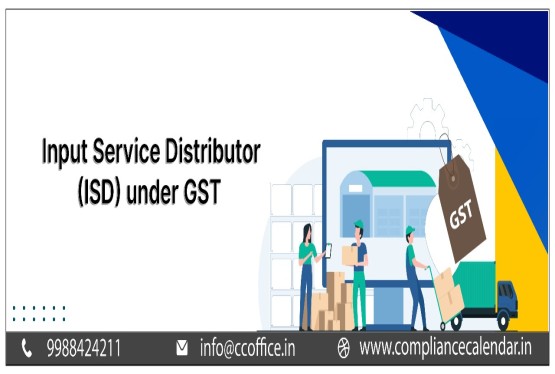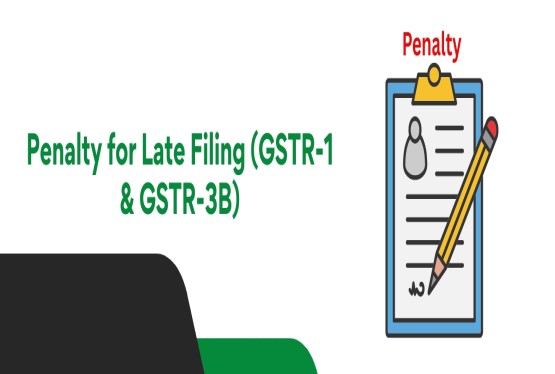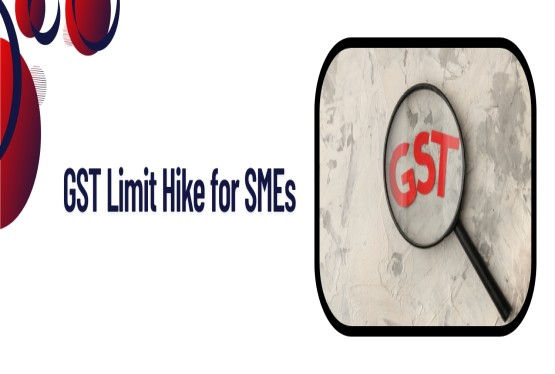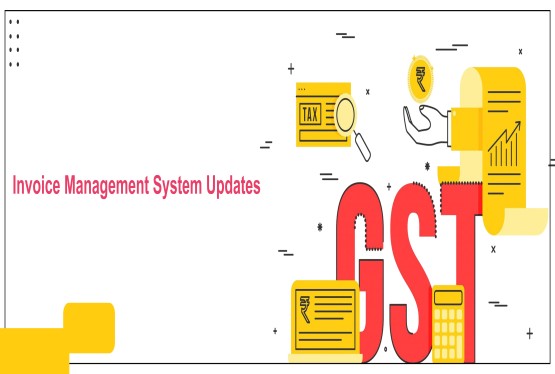Cement and clinkers, fundamental components of the construction industry, play a vital role in infrastructure development and housing across the globe. In India, the classification and taxation of these essential materials are governed by the Harmonized System of Nomenclature (HSN) code and the Goods and Services Tax (GST) regime. Understanding the specific HSN code for cement and clinkers, which falls under 2523, and the corresponding GST rate is crucial for businesses involved in their manufacturing, supply, and consumption.
The Significance of HSN Codes
The Harmonized System of Nomenclature (HSN) is a globally standardized system for classifying goods. Developed by the World Customs Organization (WCO), it assigns a unique six-digit code to each product category. This system facilitates international trade by providing a uniform basis for customs tariffs, trade statistics, and regulatory controls.
In India, the HSN system has been adopted for the purpose of GST classification. The GST tariff uses these codes to determine the applicable tax rates for various goods and services. This ensures uniformity and simplifies the tax structure across the country.
Unpacking HSN Code 2523: Cement and Clinkers
HSN code 2523 specifically covers "Portland cement, aluminous cement, slag cement, supersulphate cement and similar hydraulic cements, whether or not coloured or in the form of clinkers". This broad category encompasses various types of cement and the intermediate product, clinkers, which are essential in cement manufacturing.
Let's delve into the subcategories within HSN code 2523:
-
2523 10 00: Cement clinkers: Cement clinkers are nodular materials produced by heating limestone and clay at high temperatures in a cement kiln. They are an intermediate product in the manufacture of Portland cement and other hydraulic cements. This sub-heading specifically identifies and classifies these clinkers.
-
2523 21 00: White Portland cement, whether or not artificially coloured: White Portland cement is a type of Portland cement with a low iron oxide content, resulting in its characteristic white color. It is used in architectural applications, decorative concrete, and the production of colored cements.
-
2523 29: Other Portland cement: This sub-heading covers all other types of Portland cement that are not white. Portland cement is the most common type of cement used globally and is manufactured by grinding clinkers with a small amount of gypsum. It is the primary binder in concrete, mortar, and grout. This sub-heading would include various grades and types of ordinary Portland cement (OPC) and Portland Pozzolana Cement (PPC).
-
2523 30 00: Aluminous cement: Also known as calcium aluminate cement, this type of cement has a high alumina content. It is characterized by its rapid hardening properties and resistance to high temperatures and chemical corrosion. It finds applications in refractory concretes, rapid repair works, and specialized construction.
-
2523 90: Other hydraulic cements: This residual sub-heading covers other types of hydraulic cements not specifically mentioned above. Hydraulic cements are materials that set and harden by chemical reaction with water and are capable of doing so even underwater. This category can include slag cement (ground granulated blast furnace slag mixed with Portland cement clinker or hydrated lime) and supersulphate cement (made by grinding granulated blast furnace slag, calcium sulfate, and a small quantity of Portland cement clinker).
The Applicable GST Rate for Cement and Clinkers
Under the Goods and Services Tax (GST) regime in India, goods are classified under different tax slabs: 5%, 12%, 18%, and 28%. The GST rate applicable to cement and clinkers falling under HSN code 2523 is 28%.
This GST rate of 28% applies uniformly to all the sub-headings within HSN code 2523, including:
-
Cement clinkers (2523 10 00)
-
White Portland cement (2523 21 00)
-
Other Portland cement (2523 29)
-
Aluminous cement (2523 30 00)
-
Other hydraulic cements (2523 90)
The classification of cement and clinkers under the highest GST slab reflects their significance in the economy and their potential impact on construction costs.
Implications of the GST Rate
The 28% GST rate on cement and clinkers has several implications for the construction industry and consumers:
-
Increased Input Costs: For construction companies and individual homebuilders, cement is a major input material. The high GST rate contributes to the overall cost of construction projects, potentially making housing and infrastructure development more expensive.
-
Impact on Affordability: The increased cost due to GST can affect the affordability of housing, particularly for low and middle-income groups.
-
Revenue Generation for the Government: Cement being a widely used commodity, the 28% GST rate contributes significantly to the government's revenue collection.
-
Potential for Tax Evasion: High tax rates can sometimes incentivize tax evasion. Strict enforcement and compliance measures are necessary to prevent this.
-
Debate on Rate Reduction: There have been ongoing discussions and demands from the construction industry and various stakeholders to reduce the GST rate on cement, arguing that it hinders growth and affordability.
Conclusion
Understanding the HSN code 2523 for cement and clinkers and the applicable GST rate of 28% is essential for businesses operating in the construction and related industries in India. The HSN code provides a standardized classification for these crucial materials, while the GST rate determines the tax liability at each stage of the supply chain. The high GST rate on cement has significant implications for construction costs and affordability, leading to ongoing debates about potential rate reductions. Staying informed about these classifications and tax implications is important for effective business operations. As the GST regime continues to evolve, businesses dealing with cement and clinkers must remain updated on any changes in HSN codes or tax rates to ensure compliance and efficient financial planning.








_crop10_thumb.jpg)


















































































_for_FY_2025-26_crop10_thumb.jpg)












_learn_crop10_thumb.jpg)








_Filing_Due_Dates_for_FY_2024-25_learn_crop10_thumb.jpeg)







































_of_GST_Act_learn_crop10_thumb.jpg)










_Under_GST_learn_crop10_thumb.jpg)









_crop10_thumb.jpg)


_crop10_thumb.jpg)






_learn_crop10_thumb.jpg)






















_of_the_Income_Tax_Act_learn_crop10_thumb.jpg)


_learn_crop10_thumb.jpg)






_learn_crop10_thumb.jpg)






_crop10_thumb.jpg)




















_in_The_Income_Tax_Act,_1961_learn_crop10_thumb.jpg)



_learn_crop10_thumb.jpg)



_of_the_Income_Tax_Act_learn_crop10_thumb.jpg)


_Of_Income_Tax_Act_learn_crop10_thumb.jpg)








_learn_crop10_thumb.jpg)








_learn_crop10_thumb.jpg)
_crop10_thumb.jpg)






















_learn_crop10_thumb.jpg)
_for_Import_and_Export_learn_crop10_thumb.jpg)


























